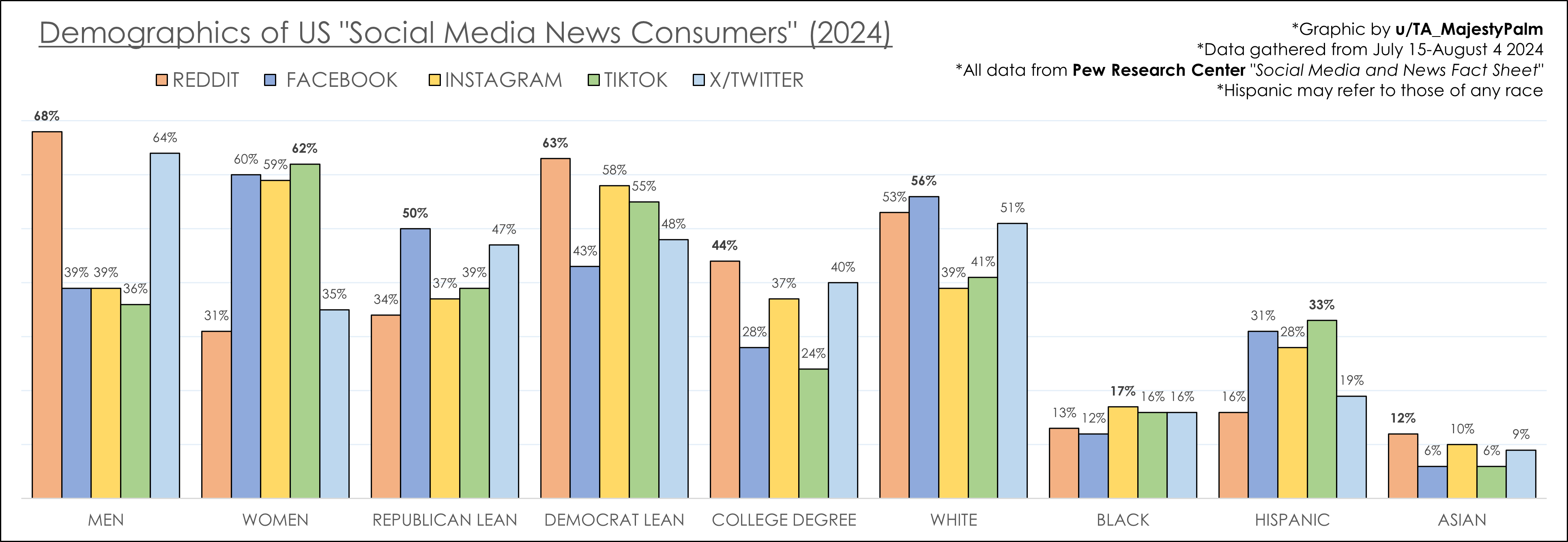Did you know that some islands house more people than entire countries? Java in Indonesia alone has over 156 million inhabitants, making it the most densely populated island in the world.
Why are these islands so appealing, and what drives such staggering numbers?
This exploration of the most populated islands in the world reveals fascinating statistics and insights, ranging from bustling metropolises in Honshu, Japan to the rich cultural heritage of Great Britain.
By diving into the ranking and demographics of these islands, you'll uncover the compelling factors that contribute to their dense populations and learn how they adapt to challenges.
Which island tops the list and why?
The answer lies in Java's fertile landscapes and economic opportunities.
Ranking the Most Populated Islands in the World
Understanding the most populated islands in the world offers insight into how geographic and socio-economic factors shape human settlement. These islands are not just landmasses surrounded by water; they are dynamic regions with significant cultural, economic, and political influence. Island population statistics reveal patterns of urbanization, migration, and resource allocation, serving as a microcosm of broader global trends. These statistics are crucial for planning infrastructure, managing resources, and addressing environmental challenges unique to island environments.
| Island Name | Population | Key Cities |
|—————–|————|——————-|
| Java | 153 million| Jakarta, Surabaya |
| Honshu | 104 million| Tokyo, Osaka |
| Great Britain | 66 million | London, Birmingham|
| Luzon | 57 million | Manila, Quezon City|
| Sumatra | 50 million | Medan, Palembang |
| Madagascar | 28 million | Antananarivo, Toamasina|
| Mindanao | 26 million | Davao City, Zamboanga|
| Taiwan | 24 million | Taipei, Kaohsiung |
| Hispaniola | 22 million | Santo Domingo, Port-au-Prince|
| Sri Lanka | 21 million | Colombo, Kandy |
Several factors contribute to the high populations on these islands. Economic opportunities play a significant role, as many of these islands host major cities that act as economic hubs, attracting people for work and better living conditions. Geographical features such as fertile land and favorable climates support agriculture and other industries, further boosting population growth. Additionally, cultural and historical factors, including colonial histories and trade routes, have historically influenced settlement patterns on these islands. Understanding these elements is essential for addressing the challenges and opportunities presented by densely populated islands.
Detailed Insights into Asian Island Populations
What are the demographic trends on Asian islands? The demographic trends on Asian islands are characterized by rapid urbanization, economic growth, and significant cultural diversity. Java, Indonesia, stands out as the most populous island globally, housing approximately 156 million people. Its fertile landscapes support extensive agricultural activities, drawing populations to rural and urban areas alike. Honshu, Japan, with a bustling population of 104 million, includes major cities like Tokyo, which serve as economic and cultural hubs. Luzon in the Philippines, home to over 57 million individuals, is celebrated for its rich natural and cultural heritage, attracting both residents and tourists. These islands showcase a blend of traditional lifestyles and modern urbanization, contributing to their dense populations.
- Fertile land and agriculture
- Industrial and economic hubs
- Cultural heritage sites
- Urbanization and infrastructure
- Tourism and natural attractions
The challenges faced due to high population densities on these islands are multifaceted. Strain on infrastructure and resources is a significant concern, as the demand for housing, transportation, and public services often outpaces supply. In Java, frequent urban expansion leads to environmental degradation and loss of agricultural land. Honshu grapples with balancing modernization with preserving cultural sites. Luzon faces challenges in disaster management due to its geographical location prone to natural calamities. Addressing these issues requires innovative urban planning and sustainable development strategies to maintain a quality of life that aligns with the islands' economic and cultural vitality.
The European and African Island Population Landscape
What are the historical and modern population influences on European islands? Historically, European islands like Great Britain have been shaped by industrialization, colonization, and migration. The Industrial Revolution marked a significant increase in population as people moved to urban areas for work opportunities. In modern times, Great Britain's population of 65 million is influenced by its status as a cultural and economic hub, attracting immigrants and tourists alike. The blend of rich history with contemporary attractions continues to sustain its population growth, making it one of Europe's most densely populated islands.
- Biodiversity and endemic species
- Cultural diversity
- Natural resources
- Tourism potential
How are population growth trends evolving in African islands like Madagascar? Madagascar's population of 28 million is experiencing growth driven by high birth rates and expanding economic opportunities. Known for its unique endemic wildlife, the island faces challenges in balancing conservation with development. Population growth trends indicate a continued rise, necessitating sustainable practices to protect its natural resources. Future predictions suggest that tourism, leveraging its biodiversity and cultural diversity, could become a pivotal factor in managing population growth and economic development on African islands.
Understanding the Caribbean and American Island Populations
What historical factors have influenced population growth in the Caribbean? The Caribbean's population growth is significantly influenced by its colonial history and strategic location for trade routes. The establishment of plantations by European colonizers led to the importation of enslaved Africans, dramatically increasing the population. Over time, the abolition of slavery and subsequent economic opportunities, such as tourism and agriculture, continued to attract people to these islands. Today, Hispaniola stands out as the Caribbean's most populous island, housing over 22 million people across Haiti and the Dominican Republic. Its rich cultural tapestry and economic potential continue to draw inhabitants and shape its demographic landscape.
What are the living challenges faced by residents on these islands? Residents of Caribbean and American islands face several challenges, primarily related to infrastructure and climate. The islands often grapple with inadequate infrastructure, including roads, housing, and public services, which struggle to keep pace with growing populations. Climate change poses a significant threat, with rising sea levels and increased frequency of hurricanes affecting island communities. Mindanao, an American island with 26 million residents, faces similar challenges, as does Taiwan, with 24 million people, where typhoons and earthquakes are common. These challenges necessitate resilient infrastructure and sustainable practices to ensure the well-being of island residents.
How do these populations impact the broader region culturally and economically? The cultural and economic impact of these island populations extends beyond their shores. Culturally, islands like Hispaniola contribute to the region's diversity through vibrant music, cuisine, and festivals. Economically, they play a crucial role as both tourist destinations and centers of trade and industry. For example, Taiwan's technological advancements and manufacturing capabilities significantly contribute to the global economy. This cultural richness and economic activity foster regional integration and development, highlighting the importance of addressing living challenges to sustain growth and prosperity.
Island Population Density: Challenges and Solutions
What is the population density of Santa Cruz del Islote? Santa Cruz del Islote is recognized as the most densely populated island globally. Its unique community structure and lifestyle are noteworthy, with a population that relies heavily on spearfishing for their livelihood. Despite its small size, the island supports around 100 children in school, highlighting its vibrant community. The dense population results in a close-knit society where space is a premium, and communal living is a necessity.
What challenges do densely populated islands face? Densely populated islands like Santa Cruz del Islote encounter several challenges, primarily related to housing and resource management. Limited land area leads to overcrowding, where homes are often built closely together, reducing privacy and living space. This compaction can strain existing infrastructure, making it difficult to maintain adequate sanitation and waste management systems. Additionally, natural resources such as water and food must be carefully managed to ensure sustainability, as the island's capacity to produce is limited by its size.
- Implementing sustainable housing projects
- Enhancing local resource management
- Developing efficient public transportation
- Promoting community-based tourism initiatives
Why is infrastructure and community planning important on densely populated islands? Innovative infrastructure and community planning are crucial for these islands to thrive sustainably. By investing in sustainable housing projects, islands can better accommodate their populations without sacrificing quality of life. Efficient public transportation systems reduce congestion and improve accessibility, while enhancing local resource management ensures that finite resources are used wisely. Promoting community-based tourism initiatives can also provide economic benefits, allowing residents to capitalize on their unique cultural and natural heritage. These strategies not only address current challenges but also pave the way for long-term sustainability.
Final Words
Exploring the most populated islands in the world offers insights into diverse cultures and the factors driving their significant populations.
From Java's fertile lands to Great Britain's historical appeal, these islands showcase unique demographic trends.
High population densities bring challenges like resource management and sustainable living, yet also offer opportunities for economic and cultural growth.
Focusing on innovative solutions for infrastructure and resource management can enhance island living for future generations.
The vibrant communities on these most populated islands continue to shape the global landscape with their unique contributions and cultural richness.



